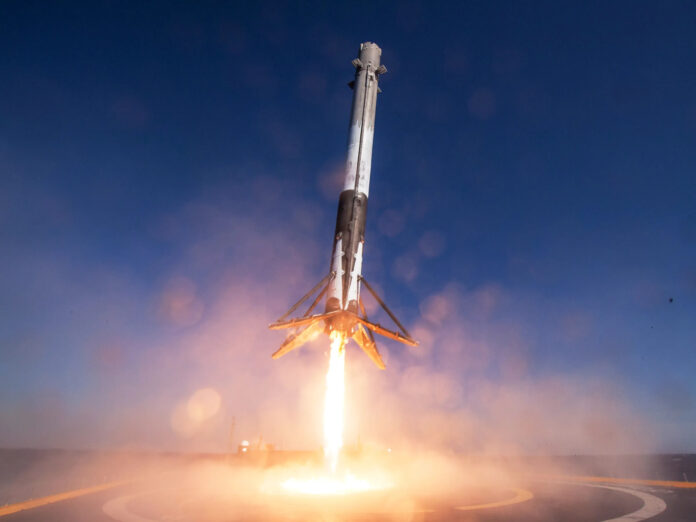The advent of SpaceX’s Falcon 9 rocket has heralded a new era in space exploration, particularly in terms of reusability. Historically, space missions often relied on single-use rockets, but Falcon 9’s groundbreaking success in landing and reusing its first stage has significantly influenced spacecraft design paradigms. This reusability revolution has sparked a transformation in how spacecraft are conceptualized, developed, and operated, aiming for cost-efficiency, sustainability, and increased mission frequency.
Falcon 9’s reusability hinges on the recovery and refurbishment of its first stage, the largest and most expensive component of the rocket. Traditional rocket designs discarded these components after a single use, but SpaceX’s achievement of landing and refurbishing the first stage has showcased the viability and potential cost savings associated with reusability in space missions.
The concept of reusability in spacecraft design mirrors aviation’s emphasis on aircraft reliability and maintenance. Much like aircraft undergo routine inspections and maintenance to ensure safe and efficient flights, reusable spacecraft require thorough post-flight assessments and refurbishments to maintain reliability for subsequent missions.
Spacecraft reusability entails intricate engineering and design considerations. Components must withstand the extreme conditions of space travel while being robust enough to endure multiple launches and landings. The development of reusable spacecraft involves advancements in materials science, propulsion systems, and structural engineering to ensure durability and reliability.
The success of Falcon 9’s reusable first stage has prompted a paradigm shift in the economics of space exploration. By significantly reducing launch costs through reusability, space agencies, commercial entities, and even research institutions now have increased access to space, fostering a burgeoning space industry and enabling more frequent missions.
The reusability model embraced by Falcon 9 has spurred competition and innovation within the aerospace industry. Other companies and space agencies have initiated their own programs aiming to develop reusable launch vehicles, fostering a competitive landscape that drives further advancements in spacecraft design and technology.
The implications of spacecraft reusability extend beyond cost savings. Reusability allows for rapid turnaround times between missions, facilitating more frequent launches and enabling responsive access to space for satellite deployment, scientific research, and even crewed missions.
The evolution of spacecraft reusability aligns with aviation’s pursuit of efficiency and sustainability. Just as airlines strive to optimize fuel efficiency and minimize operational costs, the aerospace industry’s focus on reusability aims to maximize the utilization of space assets while reducing the environmental impact of space missions.
The application of lessons learned from Falcon 9’s reusability extends to future spacecraft designs. Concepts such as vertical landing, rapid refurbishment, and modular construction are being integrated into spacecraft development programs, aiming to capitalize on the benefits of reusability for various mission objectives.
The reusability revolution is reshaping space missions, enabling endeavors previously deemed economically unfeasible. It fosters the prospect of space tourism, exploration of distant celestial bodies, and the establishment of sustainable space habitats—all made more achievable through the cost reductions and increased accessibility enabled by reusable spacecraft.
Challenges persist in maximizing the reusability potential of spacecraft. Balancing the trade-offs between refurbishment costs, reliability, and mission frequency remains an ongoing consideration. Engineers continuously refine designs and processes to optimize reusability while maintaining safety and mission success rates.
The ongoing evolution of reusable spacecraft design holds promise for the future of space exploration. Innovations driven by the success of Falcon 9’s reusability pave the way for novel mission concepts, enhanced scientific discoveries, and expanded commercial opportunities in space.
Spacecraft reusability is not merely a technological achievement; it represents a transformative shift in how we perceive and approach space missions. By embracing reusability, the aerospace industry propels humanity towards a future where space exploration is not only more accessible but also sustainable and economically viable.
The impact of Falcon 9’s reusability extends far beyond its individual successes. It serves as a catalyst for a renaissance in space exploration, inspiring new generations of engineers, scientists, and entrepreneurs to push the boundaries of what’s possible and chart a course towards a more expansive and enduring presence in space.
























